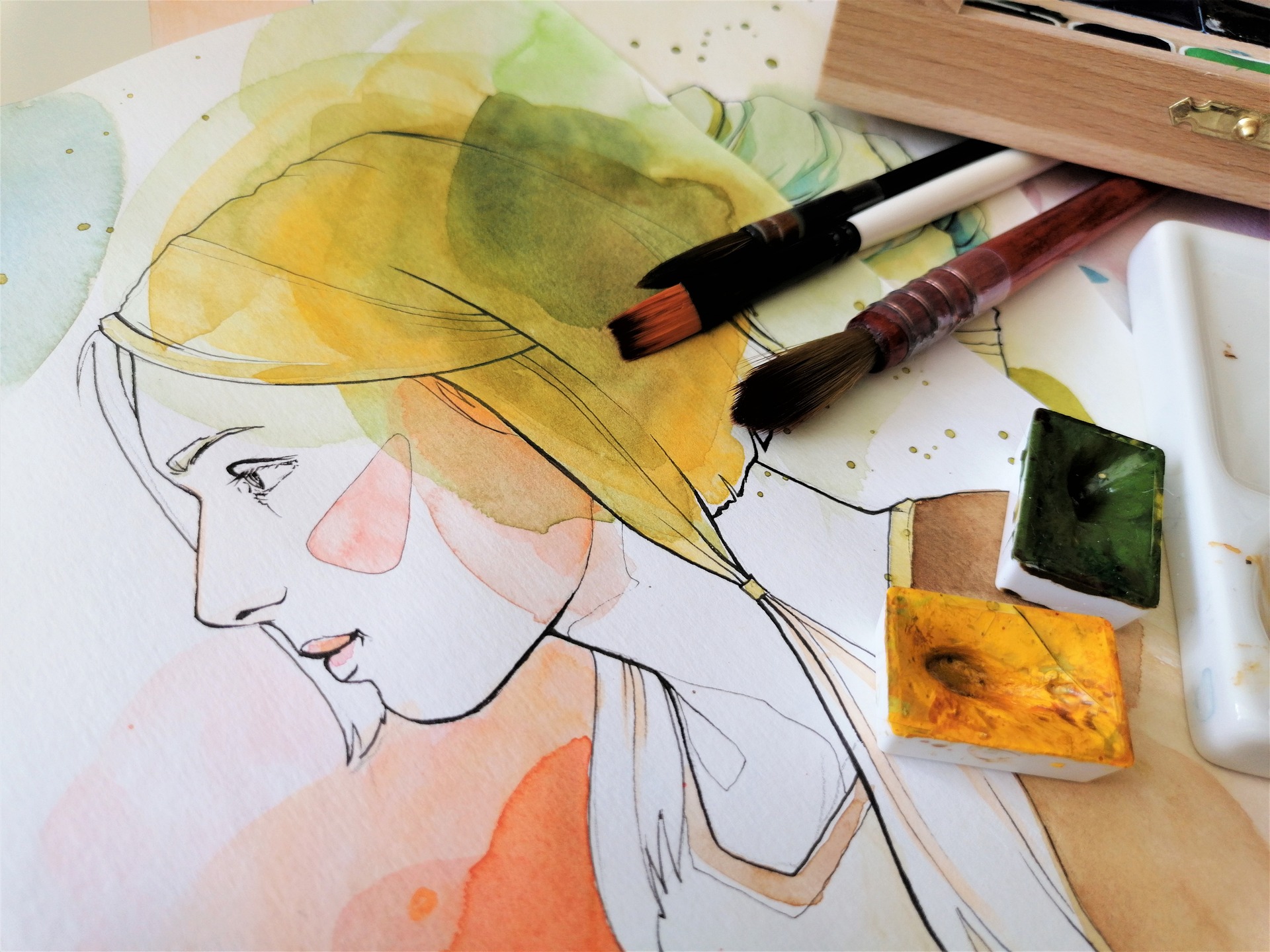Embracing the Digital Canvas: How Virtual Reality is Shaping Contemporary Art
Introduction: Delving into the intersection of technology and creativity, this article explores the growing influence of Virtual Reality (VR) within the contemporary art scene. We'll journey through its nascent stages, current developments, and the transformative impact it's fostering within the creative world.

The Dawn of Virtual Reality in Art
Virtual Reality, as a medium, first surfaced in the late 20th century, with early conceptualizations revolving around immersive gaming and simulation. However, it was not until the 21st century that artists began to explore VR’s potential for creative expression. From pioneers like Char Davies, known for her groundbreaking VR installations in the late 1990s, to more recent practitioners like Ian Cheng, VR has gradually woven itself into the fabric of contemporary art discourse.
The Current Landscape: From Galleries to Headsets
The VR art scene has come a long way from its rudimentary beginnings. Today, VR artworks are being exhibited in renowned galleries and museums worldwide. Notable examples include the Museum of Other Realities, a virtual space exclusively dedicated to VR art, and Marina Abramovic’s ‘Rising,’ a VR experience presented at the 2019 Venice Biennale. Simultaneously, affordable VR headsets have democratized access to virtual artworks, allowing audiences to step into these immersive worlds from the comfort of their homes.
The Impact: Transcending Physical Boundaries
The advent of VR art represents a paradigm shift in our engagement with art. Traditional modes of artistic expression are bound by physical constraints—the canvas’s size, the sculpture’s material. In contrast, VR art offers boundless creative possibilities, freeing artists from these limitations. Furthermore, it redefines the audience’s role, transforming passive observers into active participants in the virtual narrative.
Significance and Reception: A Mixed Bag
The reception to VR art has been a mixed bag. On one side, critics praise its innovative use of technology and the immersive experiences it provides. On the other, skeptics question whether VR’s sensory overload detracts from the contemplative nature traditionally associated with art. Despite this divide, the growing presence of VR artworks in galleries and festivals worldwide indicates a growing acceptance of this new medium within the art world.
Looking Ahead: A New Creative Frontier
As the technology continues to evolve, so does the scope for VR art. Artists are now exploring multi-sensory VR experiences, combining visual, auditory, and even haptic feedback to engage multiple senses simultaneously. Additionally, the advent of social VR platforms opens up new avenues for collaborative art-making and collective art experiences. As we move forward, VR art promises to continue pushing the boundaries of what is considered possible within the realm of artistic expression.
In conclusion, the rise of VR in the art world symbolizes a broader trend towards the integration of technology in creative processes. Far from being a mere tool, VR has emerged as a potent medium of expression in its own right, challenging traditional art paradigms and offering unprecedented ways to engage with art. As we look ahead, VR art holds the potential to redefine our understanding of art, its creation, and its consumption, effectively shaping the future of the contemporary art scene.




